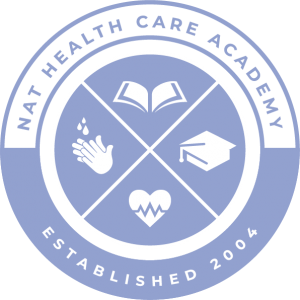Class Overview
Phlebotomy is the process of making a puncture in a vein, usually in the arm, with a needle for the purpose of drawing blood. A phlebotomist is rewarding, since you help people stay healthy and even help save their lives. Our course is a blend of lectures and labs to get you experienced with various vein puncture techniques. Our two-week/50 hours program will prepare you for placement in a health care career by learning safety practices in the phlebotomy field, exposing you to various patient demographics, and coaching you one on one in a small group setting.

Course Outline
- Venipuncture Equipment
- Routine Venipuncture
- Capillary Collection
- Venipuncture Complications
- Blood Collection in Special Populations
- Specimen Handling, Transport, and Processing
- Point of Care Testing
Class Requirements:



 699 Strander Blvd Suite C
Tukwila WA. 98188
699 Strander Blvd Suite C
Tukwila WA. 98188
